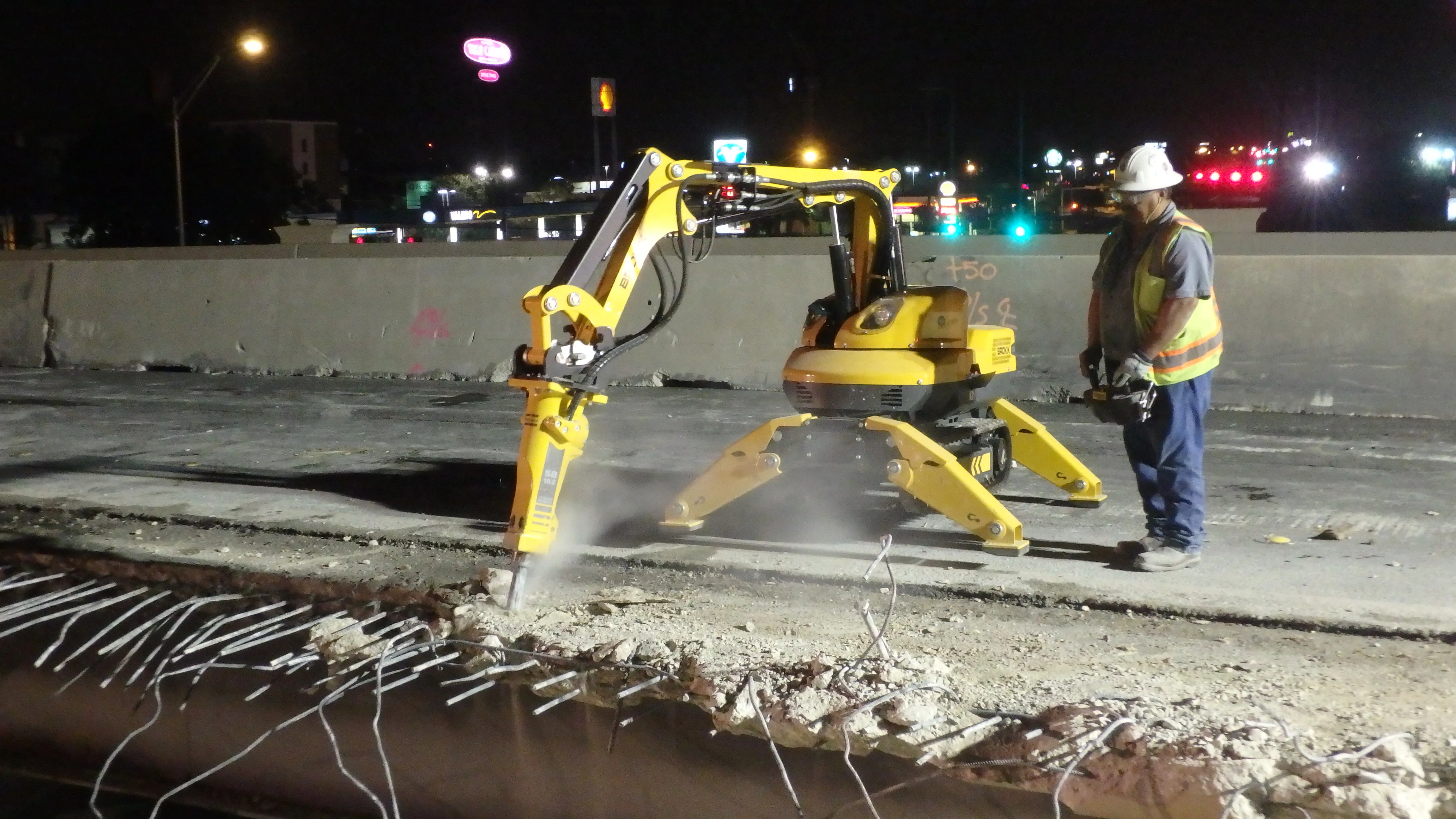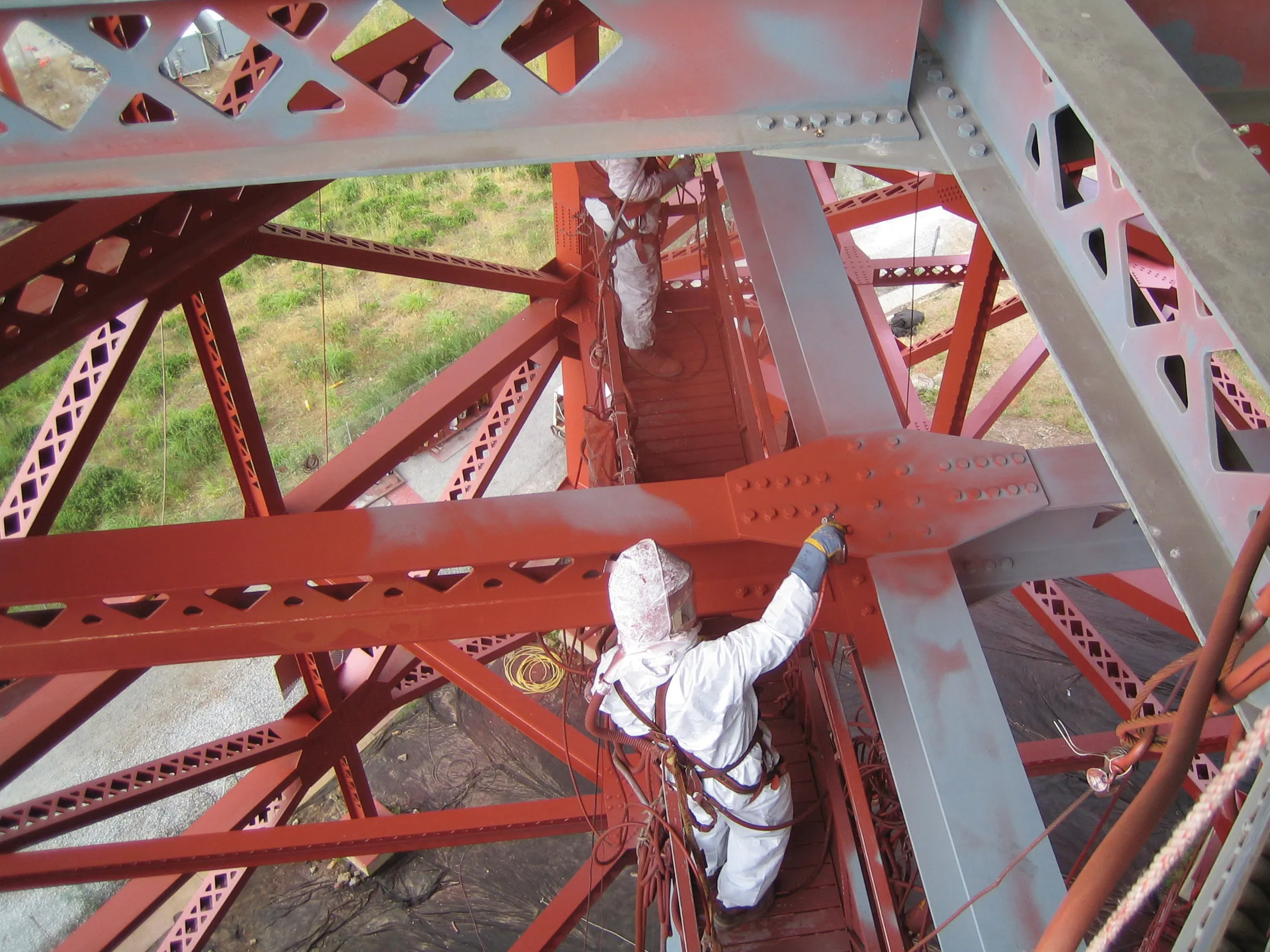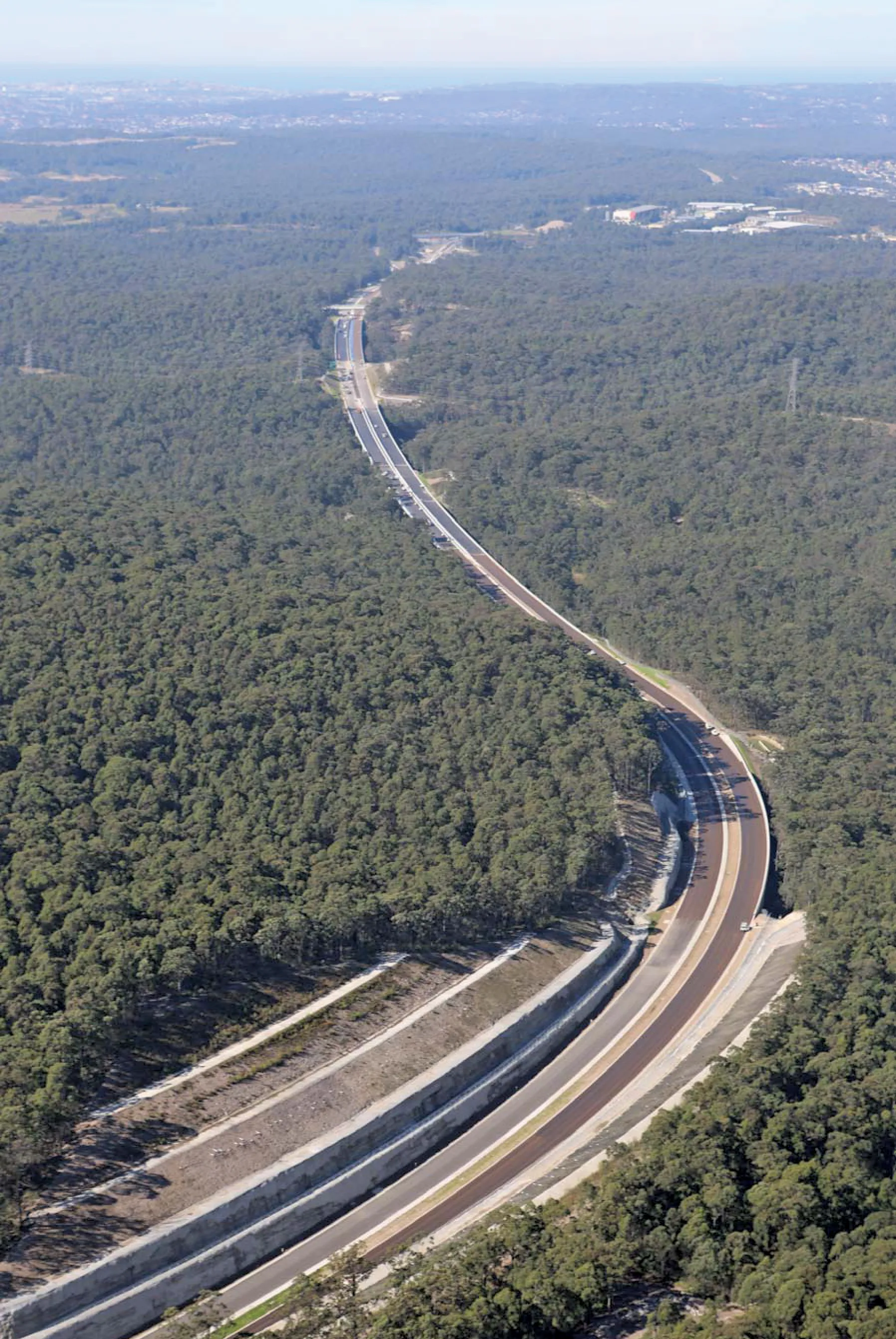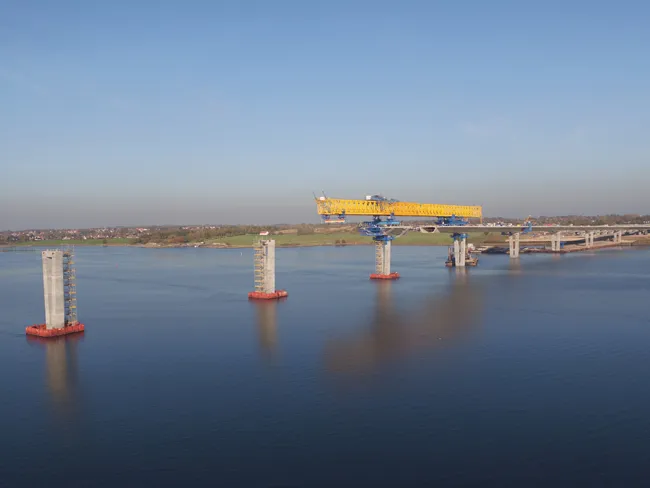
This stretch of the route was carrying around 185,000 vehicles/day and was suffering increasing levels of congestion at peak periods. Travel times lengthened by 65% during rush hour, while ramps on opposite sides of the interstate caused additional congestion and safety issues. In one section, trucks entering were often forced to immediately cross all lanes of traffic to reach their exit. TxDOT officials decided to add a lane in each direction, expanding the road to eight lanes, as well as realigning ramps. In addition, the Department of Defense granted US$20 million for the construction of a direct connector for southbound I-35 to I-410 to reduce congestion for vehicles heading into a busy US Army hospital complex. Overall, the improvements would boost safety and capacity.
The department hired general contractor Lane Construction for the four-year $61.2 million project and work began in late 2013.
Several sections along the stretch required widening bridges, and one section involved filling a 5.9m gap between two parallel bridges. The section also called for a new auxiliary lane, so concrete rails and some of the bridge deck concrete needed to be removed. Lane Construction hired the local specialist demolition contractor JR RAMON for that portion of the project, as well as several other bridges.
Before connecting the bridges, the contractor would need to remove 914mm-tall, 305mm-thick, rebar-reinforced concrete rails and three stretches of 122m-long, 914mm-wide and 152mm-deep concrete bridge decks. Two of those stretches were on the inner sides of the bridges and one was on the southbound side’s outer section. Each stretch needed to be removed in just three days to minimise traffic impact. A further challenge was that the two layers of rebar needed to remain undamaged so Lane Construction could reuse it to tie into the new concrete decking.
JR RAMON’s demolition crew started with the outer section, using a
JR RAMON decided to bring in a Brokk machine for the job as it already owned an electric B160 model. The firm realised its electric-powered machine’s cables and generator would clutter the single lane of traffic. After realising the high costs of using an excavator for the work, the firm decided to purchase a diesel-driven Brokk 120D specifically for the inner sections.
Armed with this new tool, JR RAMON took on the inner sections of the two bridges. Crews again used the excavator to remove the concrete rails, but then moved in with the Brokk machine to demolish the bridge deck concrete. An operator used the B120D’s remote control to direct the powerful and precise three-part arm with an
In addition to leaving the rebar untouched, the Brokk machine increased productivity. The operator stood about 1.8m away, monitoring the work a safe distance from flying concrete as well as the 6.1m drop to the road below.
The B120D also saved the contractor considerable time when the team discovered the inner section cut line on the northbound bridge was off by 52mm. Between the outer and inner sections, JR RAMON removed about 950tonnes of concrete.
After JR RAMON finished its portion, Lane Construction continued working on connecting the bridges as well as completing the other traffic improvements.









